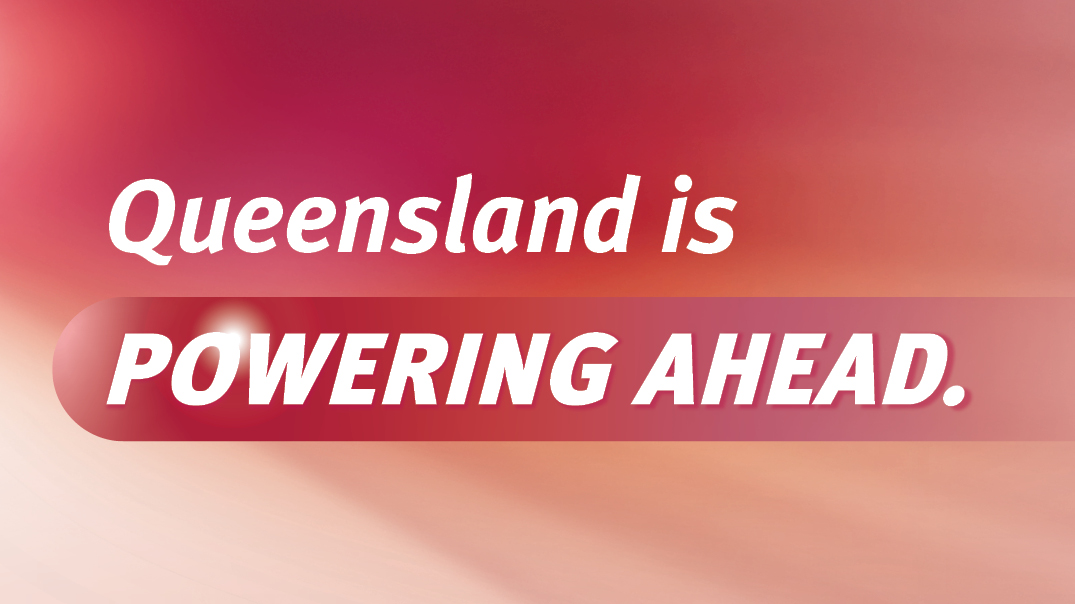

-
Queensland Energy and Jobs Plan
Learn more about the plan driving our state's energy transformation.
-
Renewable energy jobs
Learn about the job opportunities in renewable energy.
-
Save money on energy
Learn how to save on energy to reduce everyday costs of living.
-
Benefits of renewable energy
Find answers to key questions about our renewable energy transformation.
-
Types of renewable energy
Learn about renewable energy sources and the tools that help support them.
-
Renewable energy by region
Discover what renewable energy projects are happening in your region.
-
Queensland Renewable Energy Zone Roadmap
Learn about our framework for REZ development in Queensland.
-
Vehicles and energy
Helping you to power up electric vehicles or find the cheapest fuel.
Featured
-
Renewable energy targets are now law
Queensland's renewable energy target of 80% by 2035 has been legislated.
-
How we’re supporting renewable energy jobs
The pathway to renewable energy jobs for Queenslanders.
-
Queenslanders behind renewable energy
Meet some of the Queenslanders benefiting from the energy transformation.
-
Battery Booster program
Check you're eligible for a rebate to help install a home battery system.
Energy for me
-
Energy in your community
Energy transformation benefits for people who live and work in regional Queensland.
-
Energy industry
Energy regulators, renewable energy, electricity industry, gas industry.
-
Energy in your business
Energy supply and pricing, energy saving and efficiency, solar power, support packages.
-
Energy in your home
Electricity, gas, energy saving, solar power, digital meters, consumer rights.